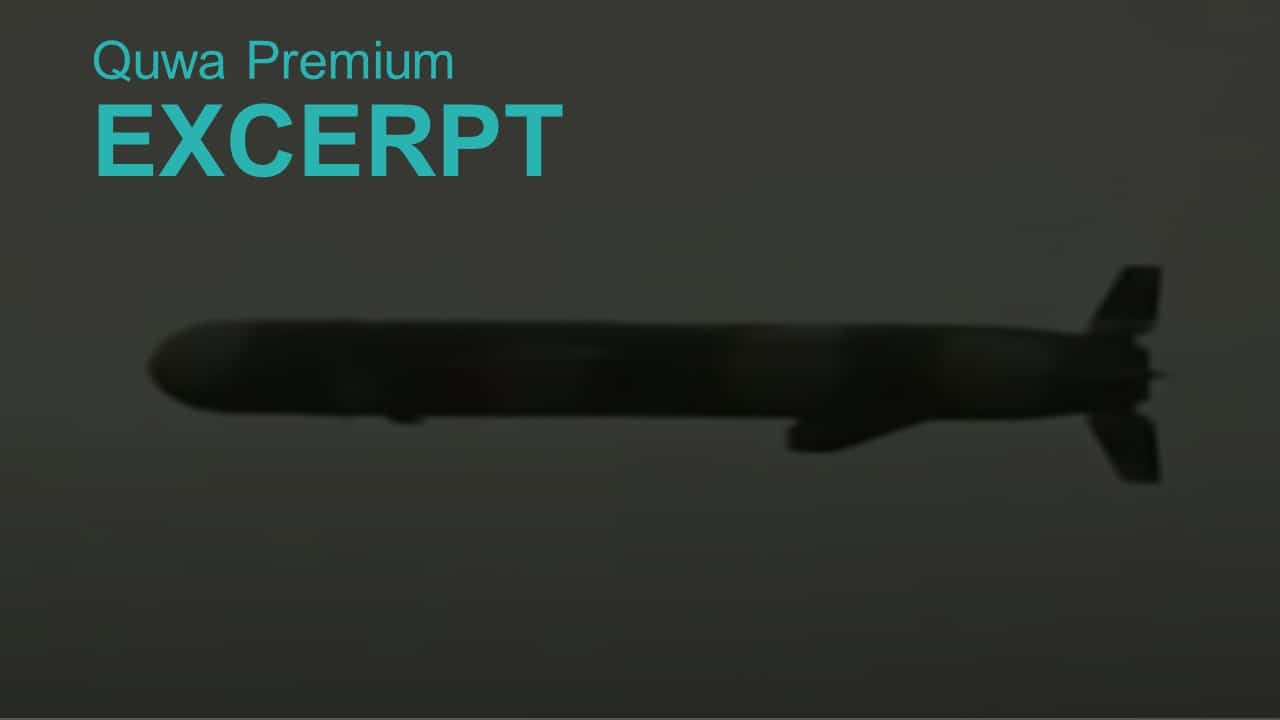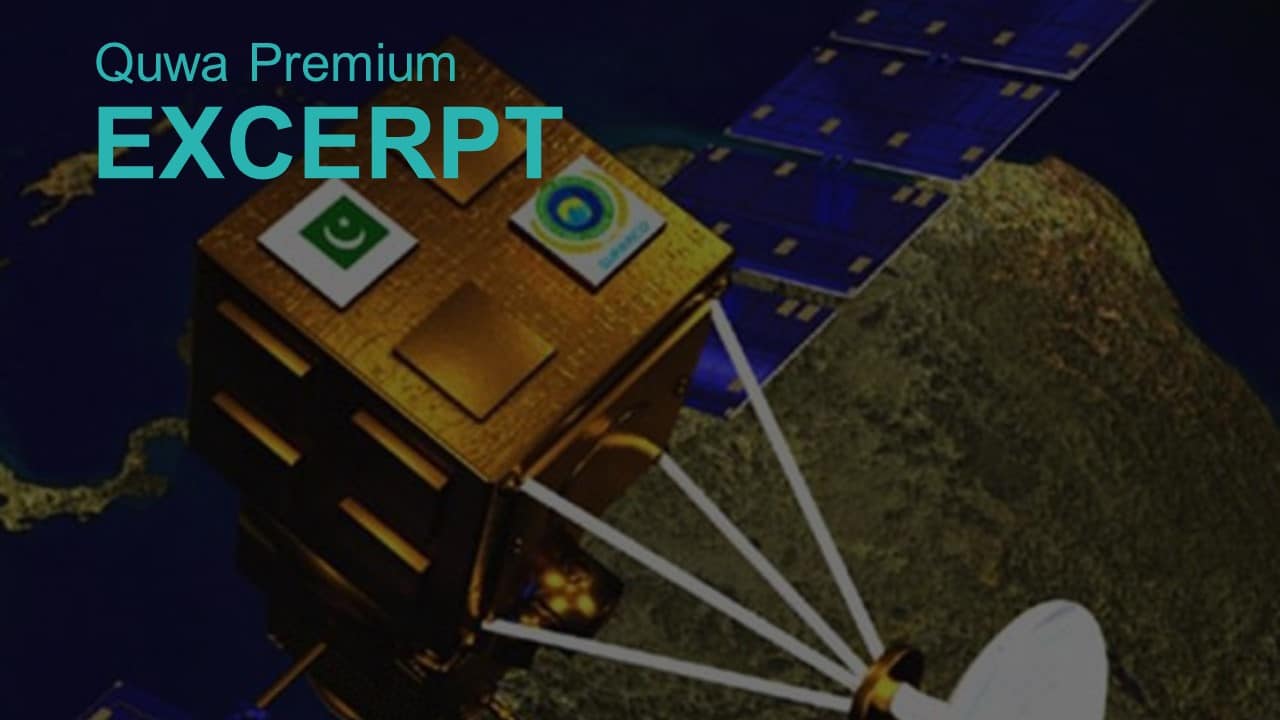1987Views

Pakistan’s Surface-to-Surface Missiles: Strategic Intent with Conventional Potential
In February 2021, Pakistan conducted training launches of its Ghaznavi short-range ballistic missile (SRBM) and Babur 1A ground-launched cruise missile (GLCM).[1][2] The Army Strategic Forces Command (ASFC) had conducted the training launches to assess various operational and technical parameters for each missile.
The Hatf-III Ghaznavi SRBM offers a stated range of 290 km, while the Hatf-VII Babur 1A GLCM can reach a stated range of 450 km. According to Inter Services Public Relations (ISPR), the press arm of the Pakistani armed forces, the Ghaznavi and Babur 1A are capable of carrying nuclear and conventional warheads.
Though capable of conventional strikes, the primary mission (at least at the time of initial deployment) of Pakistan’s ballistic missiles and cruise missiles is nuclear deployment. The cruise missiles – i.e., the Babur-series as well as the Ra’ad-series – are particularly important because they can carry Pakistan’s miniature nuclear warheads (a key component of its ‘tactical nuclear weapon’ doctrine).
Limiting ballistic missiles and cruise missiles to strategic attacks also makes economic sense. These missiles are among Pakistan’s most expensive munitions. Moreover, Pakistan’s industrial limitations may constrain its ability to manufacture these missiles at a high-enough rate to support wide-scale conventional attack strategy. The Pakistan Air Force (PAF) will likely carry the bulk of such strikes through Mk80-series Range Extension Kit (REK)-equipped JF-17s and Mirage III/5 fighters.
However, Pakistan might be working towards improving its surface-based conventional attack capabilities, especially in the maritime environment. In 2018, Pakistan started test firing the Harbah-series of anti-ship cruising missile (ASCM), and in 2020, the Pakistan Navy (PN) announced that it was developing a new anti-ship ballistic missile (ASBM), the P282. Pakistan is also working on a supersonic-cruising ASCM…
End of Excerpt (293/1,312 words)
You can read the complete article by logging in (click here) or subscribing to Quwa Premium (click here).
For More Information on Pakistan’s Missile Programs, See:
- Pakistan’s A2/AD Efforts: P282 Anti-Ship Ballistic Missile
- Pakistan Anti-Tank Guided Missile (ATGM) Requirements
- Pakistan is Developing a Supersonic-Cruising Missile
- Pakistan’s Harbah Anti-Ship Missile Explained
[1] Press Release. Inter Services Public Relations (ISPR). 03 February 2021. URL: https://ispr.gov.pk/press-release-detail.php?id=6035
[2] Press Release. Inter Services Public Relations (ISPR). 11 February 2021. URL: https://ispr.gov.pk/press-release-detail.php?id=6043


